5 Fascinating Digital Marketing Stats So Far in 2017
2017 has been an interesting year so far in the digital marketing world, with some surprising stats and trends. Some of the stats listed are from Christopher Heine’s article in Adweek that caught our attention.
1. Yelp ahead of Snapchat in Ad Revenue:
According to eMarketer, “Yelp will make close to $720 million this year in digital ad sales in the U.S. compared to Snapchat’s $640 million.” This statistic was surprising at first considering the social media giant that Snapchat has become in recent years. Not to say $640 million a year in ad revenue is a bad thing, but it will be interesting to see if Snapchat makes any adjustments for advertisers before the end of the year.
2. Google and Facebook Dominate:
This one didn’t come as much of a surprise compared to the other stats listed. eMarketer also projected that “63% of all digital ad sales by the end of the year will come from Google and Facebook. In numbers that is equivalent to $35 billion for Google and $17.4 billion for Facebook.” This shows the dominance of Google and Facebook in the advertising world and we would expect this trend to continue if companies are experiencing positive returns on investments.
3. Pinterest Making Improvements:
Pinterest has been making some massive improvements as of late regarding their advertising options. According to Heine’s article, “Pinterest advertisers now have access to 5,000 interest categories that will roll out in the next couple of weeks.” With this upgrade from Pinterest, engagement rates are expected to increase by a significant amount and cost-per-clicks are projected to decrease.
4. Uber Lawsuit:
It’s been recently reported that Uber is pursuing a lawsuit against a mobile advertising company called Fetch Media. Heine’s article states that “Uber is suing Fetch Media for at least $40 million accusing the company of improper billing for fraudulent ads falsely taking credit for app downloads.” We’ll see how the lawsuit plays out, but this is significant because it could potentially ruin the reputations of other mobile ad companies.
5. Trouble Tracking Ad Spend:
Digital marketers losing track of ad spend may come off as a surprise, but an article from Marketing Week found this to be evident. Apparently “only 36% of digital marketers are confident that their campaigns are targeting the appropriate audiences.” They also found that “nearly a quarter of digital marketers don’t consistently track their campaigns whatsoever.” These two statistics really jumped out to us because monitoring digital marketing campaigns is essential to making sure ad dollar is used efficiently.
Contact Us:
For more information regarding digital marketing expertise, visit the Onimod Global Website. We provide weekly news updates on the latest in the world of digital marketing. Enjoy!

